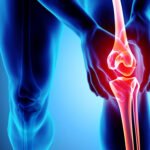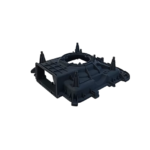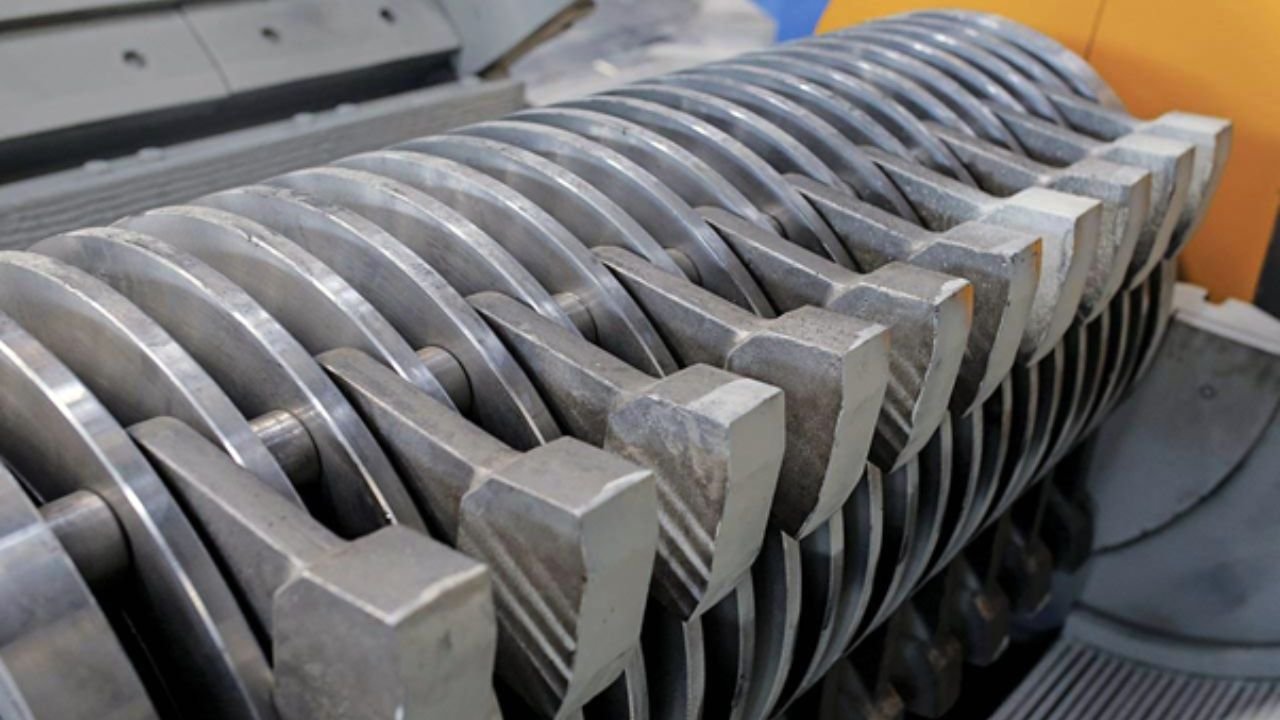Introduction
In modern mining, cement, and aggregate industries, crusher hammers are the core wear parts that define crushing efficiency and equipment lifespan. Whether you’re processing limestone, coal, or hard granite, the quality of your crusher hammer determines your crusher’s productivity and maintenance costs.
However, with so many material grades and suppliers available, selecting the right hammer is often confusing. Should you choose high manganese steel, high chromium alloy, or an advanced bimetal composite hammer?
This guide provides an in-depth look at crusher hammer materials, types, and expert selection advice—helping you make the right purchasing decision and achieve better long-term performance.
If you’re planning to upgrade or replace your crusher wear parts, you can explore high-quality options from our crusher hammer manufacturer in China — designed for maximum durability and cost-effectiveness.
1. What Is a Crusher Hammer?
A crusher hammer is a key component of hammer crushers and impact crushers. It strikes materials at high speed, breaking them into smaller pieces suitable for further processing.
Because it bears repeated impact and friction, the hammer must be made from wear-resistant and impact-tough materials. Its quality directly affects the crusher’s efficiency, output size, and total cost of ownership.
Key Functions
- Transfers impact energy to the material
- Breaks down large stones or ores
- Endures continuous high-impact forces
- Resists abrasion and deformation under pressure
In essence, a good hammer should balance hardness, toughness, and cost — ensuring consistent performance under harsh working conditions.
2. Main Types of Crusher Hammers
Understanding the differences between hammer materials is essential for selecting the right one for your specific crushing environment.
2.1. High Manganese Steel Crusher Hammer
High manganese steel (Mn13, Mn18, Mn22) is the most traditional material for crusher hammers. It hardens upon impact — a phenomenon known as work hardening.
Pros:
- Excellent impact resistance
- Surface hardens during operation
- Ideal for crushing hard rock
Cons:
- Soft before work hardening
- Lower wear resistance in light-duty use
Best for: Cement plants, quarries, and mining with high-impact materials.
2.2. High Chromium Alloy Hammer
Made with 12%–28% chromium content, these hammers deliver superior wear resistance and good corrosion resistance.
Pros:
- High hardness and long service life
- Excellent resistance to abrasion
- Ideal for medium-hard materials
Cons:
- Brittle under heavy impact
- Slightly more expensive
Best for: Coal, cement clinker, and limestone crushing.
2.3. Alloy Steel Hammer
Alloy steel combines chromium, molybdenum, and nickel to achieve balanced performance. It provides both toughness and hardness, suitable for mixed material crushing.
Pros:
- Good fatigue resistance
- Balanced impact and wear performance
- Versatile across applications
Best for: Mining, recycling, and aggregate production lines.
2.4. Bimetal Composite Hammer
This modern design combines a high-chromium face with a tough manganese or alloy steel base, forming a hammer with both durability and strength.
Pros:
- Up to 3× longer lifespan
- Strong impact and wear resistance
- Cost-effective over time
Best for: Cement and power plants, and abrasive stone crushing.
2.5. Tungsten Carbide-Tipped Hammer
These hammers include tungsten carbide inserts on the working surface, designed for extreme wear environments.
Pros:
- Exceptional hardness and wear resistance
- Suitable for high-abrasion applications
- Reduces replacement frequency
Cons:
- Expensive
- May crack under very high impact
Best for: Glass, coal gangue, and cement clinker.
3. How to Select the Right Crusher Hammer
When buying a crusher hammer, several factors determine its performance and service life.
3.1. Material Hardness
Match the hammer material to the hardness of your feed material:
| Feed Material | Recommended Hammer |
| Granite, basalt | High manganese steel |
| Limestone, clinker | High chromium alloy |
| Coal, gypsum | Alloy or bimetal hammer |
3.2. Crusher Type
Each crusher design works differently:
| Crusher Type | Suitable Hammer |
| Hammer crusher | High manganese steel |
| Impact crusher | High chromium alloy |
| Reversible hammer crusher | Alloy or bimetal |
3.3. Operating Environment
Consider feed size, moisture, and temperature.
- Large feed → stronger hammer (manganese steel)
- Abrasive material → wear-resistant hammer (bimetal or carbide)
3.4. Cost vs. Lifespan
Don’t focus only on price. A slightly more expensive but high-quality hammer can reduce downtime and labor costs, giving better value in the long run.
4. Manufacturing and Quality Factors
The durability of your hammer also depends on production quality. Leading crusher hammer suppliers use advanced foundry methods to ensure strength and consistency.
4.1. Casting Techniques
Premium hammers are produced using vacuum casting or lost foam casting, ensuring fine-grain structure and no internal voids.
4.2. Heat Treatment
Proper quenching and tempering enhance hardness and toughness. Work-hardening manganese steel requires precise temperature control.
4.3. Quality Control
Top manufacturers perform:
- Chemical composition analysis
- Hardness testing
- Ultrasonic flaw detection
This ensures consistent performance across every batch.
5. Tips to Extend Crusher Hammer Life
Even with high-quality materials, proper use is essential for long service life.
Here’s how to get the most out of your crusher wear parts:
- Feed evenly — Avoid overloading one side of the rotor.
- Remove uncrushable items — Metal or oversize rocks can break hammers.
- Maintain rotor balance — Replace hammers in pairs for uniform wear.
- Use proper speed — Avoid too high or too low RPMs.
- Rotate hammers periodically — This evens out wear.
- Lubricate bearings — Reduces friction and vibration.
By following these simple steps, operators can extend hammer life by 40–60%.
6. Common Problems and Solutions
| Problem | Cause | Solution |
| Early wear | Wrong material choice | Match material to application |
| Cracks or breakage | Poor heat treatment | Choose reputable suppliers |
| Uneven wear | Imbalanced rotor | Regular rotor inspection |
| Excessive vibration | Loose hammers | Secure with proper torque |
| High replacement cost | Cheap hammers with short life | Switch to high-quality alloy or bimetal |
7. Why Source Crusher Hammers from China
China is now the world’s largest producer and exporter of crusher wear parts, including crusher hammers, thanks to its advanced casting industry and cost efficiency.
7.1. Cost Advantage
Chinese factories offer factory-direct pricing, reducing costs by 30–50% without compromising quality.
7.2. Advanced Technology
Leading suppliers use automated casting, spectral analysis, and vacuum furnaces to produce durable, defect-free hammers.
7.3. Customization
Manufacturers can design custom crusher hammers based on model, working condition, and feed material requirements.
7.4. Global Shipping
With export experience to more than 40 countries, Chinese suppliers provide efficient logistics and documentation support.
To explore customized OEM options, visit our crusher hammer supplier page and request a quote directly from our engineering team.
8. Final Buying Checklist
Before placing an order, consider these final tips:
✅ Confirm your crusher type and feed material
✅ Choose the hammer material accordingly
✅ Request chemical composition and hardness reports
✅ Verify heat treatment process and inspection certificates
✅ Compare expected service life and total cost
Partnering with a reliable supplier ensures long-term stability, consistent performance, and lower replacement frequency.
9. Conclusion
The crusher hammer may seem like a small component, but its impact on crusher performance and operating costs is huge. Choosing the correct material — and a trustworthy manufacturer — can mean the difference between frequent downtime and continuous, efficient production.
If you are currently sourcing crusher hammers, blow bars, or other wear parts, our factory provides high-performance solutions tailored to your working conditions.
We supply a complete range of crusher wear parts — including manganese steel, high chromium alloy, bimetal composite, and custom OEM crusher hammers — all produced under strict quality control and exported worldwide.
You May Also Read: Where can I buy genuine BMW parts online?











